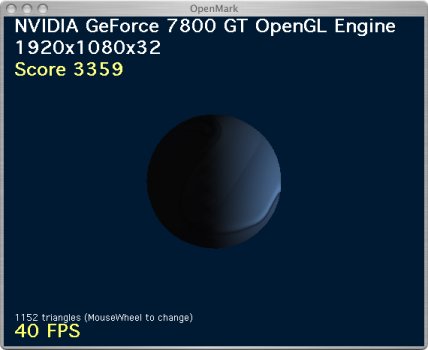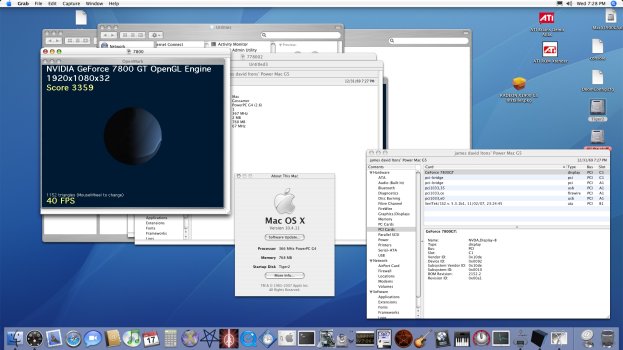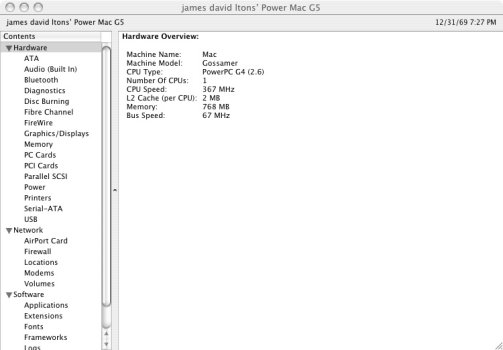That's pretty interesting, I always wondered how XPF loaded BootX.We would load the PEF from an unused partition of the disk, probably using deblocker seek and read commands or read blocks directly like in
https://68kmla.org/bb/index.php?threads/the-great-gazelle-pci-hack-thread-part-2.38360/post-466428
Is a .pef file something that OF understands, or is that something the nanokernel in the BootROM deals with?
I assume we have to get that .pef file onto the device tree for our cards so the nano kernel can pick up its properties and draw the screen. OF doesn't do anything with it, it's just the driver,AAPL,MacOS,PowerPC .property in OF.
Is that correct?
So how do we take the file from disk and load it into the driver,AAPL,MacOS,PowerPC property?





